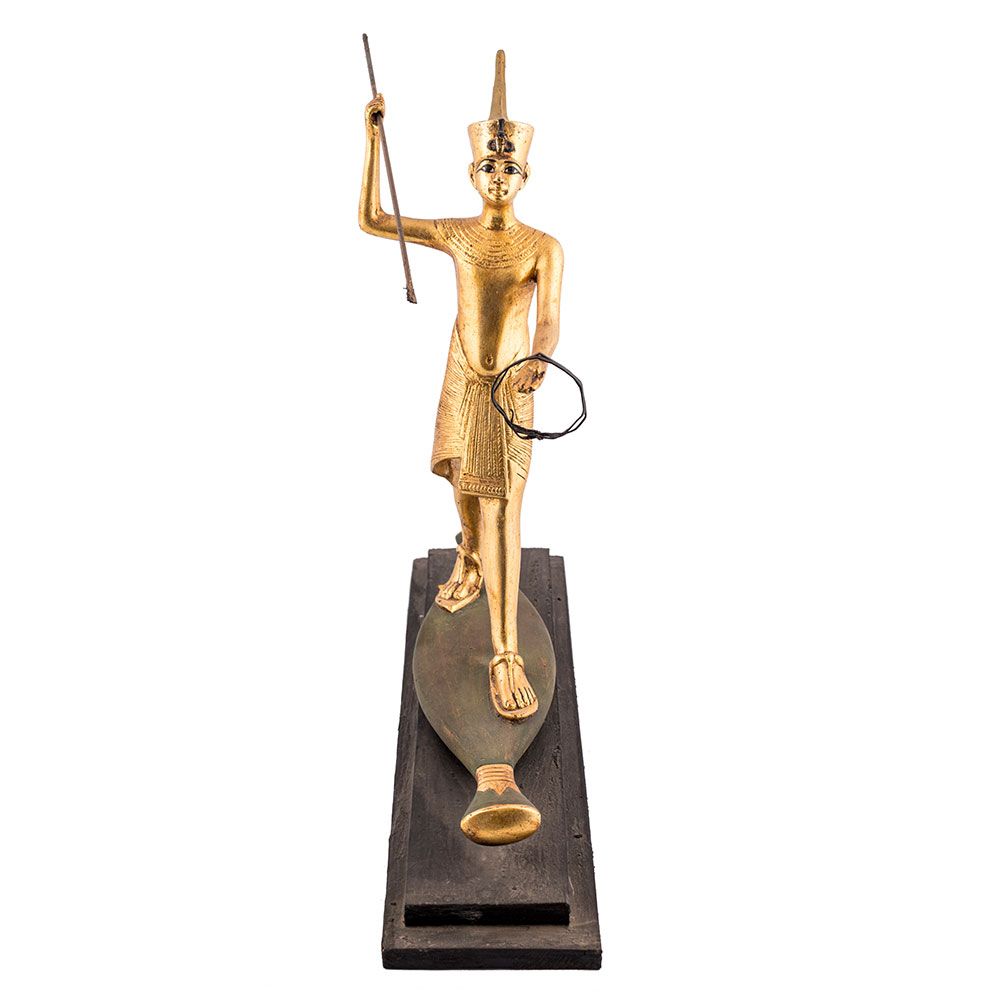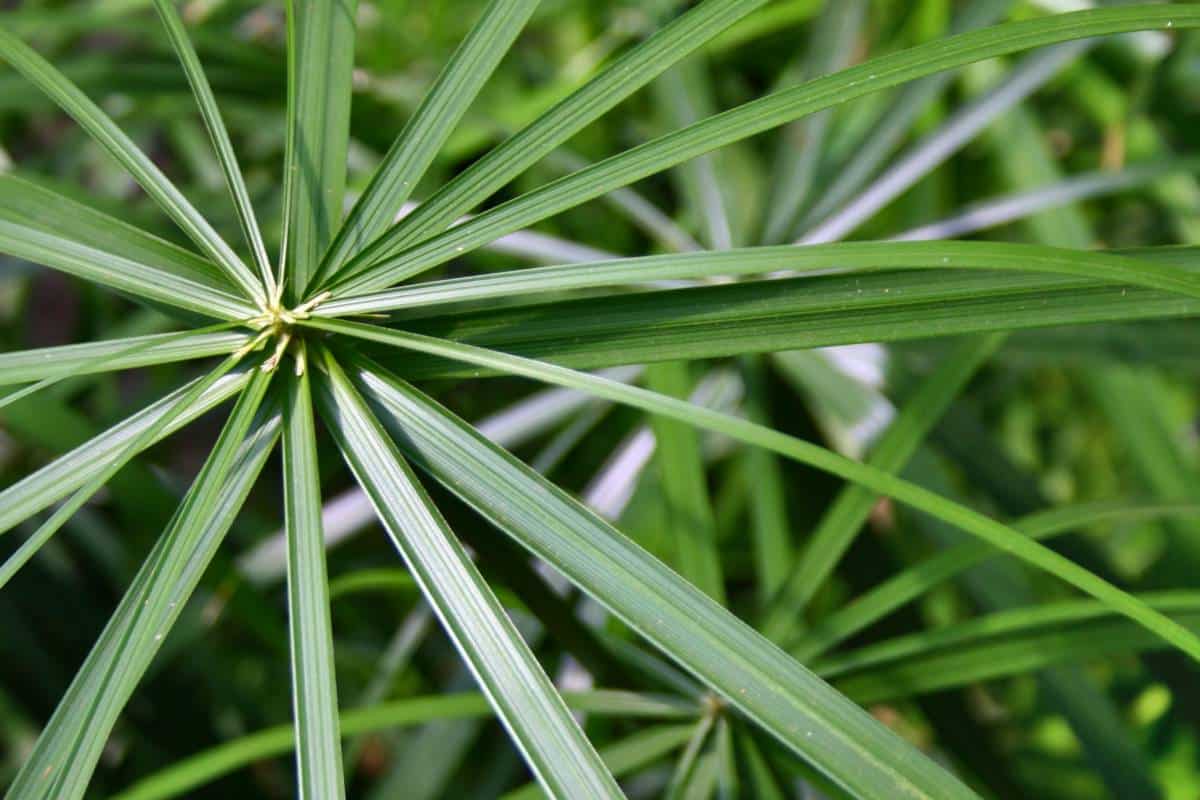

This would be followed by hammering the strips into place and also to smoothen out the uneven surface. Next all the water content needed to be dried out. The strips would then be placed vertically side by side and another horizontal layer of strips would be placed on top. The outer green sheath of the reeds would be peeled away and the inner fibrous core would be cut into thin strips no more than 1-1.5 inches in width. Much research, many trials and iterations later he managed to make paper like in the ancient times. After a failed attempt to grow the papyrus from seeds that he brought from Ethiopia and Sudan, he succeeded to grow them from the roots. Ragab had to re-cultivate the papyrus, which he did at his reseach centre in Giza on the banks of the Nile, just a few kilometres away from central Cairo. Replicas of Egyptian Gods Amun & Horus, with papyrus growing in the backgroundįirst, Dr. I say ‘probably’ because despite all the record-keeping that was done using the papyrus, there seemed to be no mention of how papyrus was converted to paper. Hassan Ragab is credited to bringing cyperus papyrus back to Egypt and showing the world how paper was probably made in ancient times. The banks of the river are populated with papyrus plants. Along the ride you see replicas of the Egyptian gods and goddesses, and have actors enacting scenes from the daily life of ancient Egyptians. A slow boat-ride on the River Nile with English commentary was a good and simple way for the kids to get a sneak peek into Egyptian history. The Pharaonic Village is a re-creation of the daily life of ancient Egyptians. On a trip to Cairo many many years ago, we took to the children to visit the Pharaonic Village, which by the way still exists and appears to have added on new attractions.

It was believed to have medicinal properties too, its ash was a cure for mouth ulcers, eye infections, and known to cause drowsiness. Papyrus was not only used as writing material, its flower was used to adorn gods and goddesses, it was edible and eaten raw or cooked, it was used to make ropes, vessels, baskets and holders as well as boats that were used to ply along the Nile. By the late 1800s it seemed to have disappeared completely from Egypt. Early geographers and naturalists like the Greek Herodotus in 450BC, the Roman Pliny the Elder in 23-29AD, and even French and Italian botanists in the 1500s have mentioned and/or described the papyrus.


 0 kommentar(er)
0 kommentar(er)
